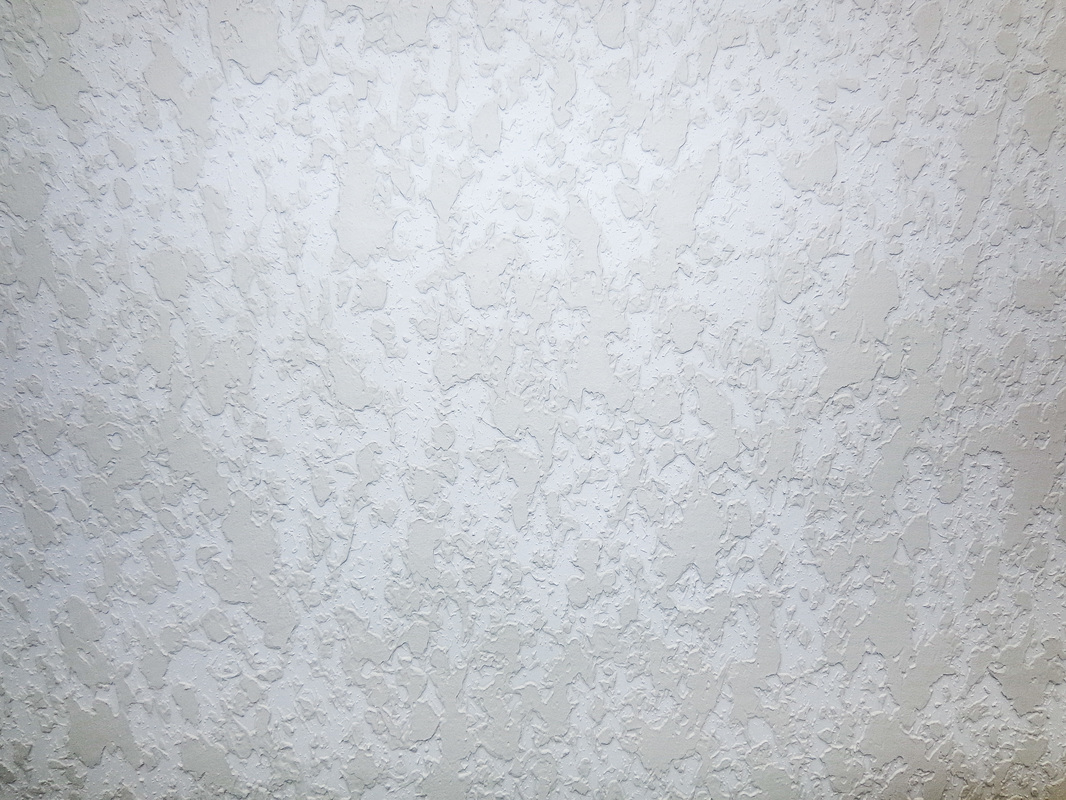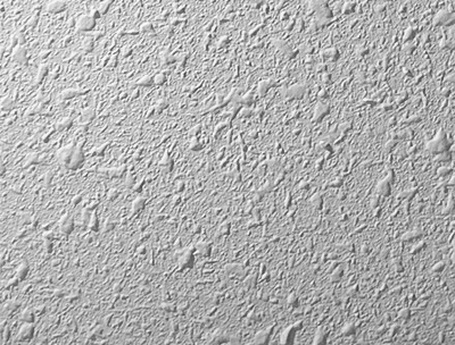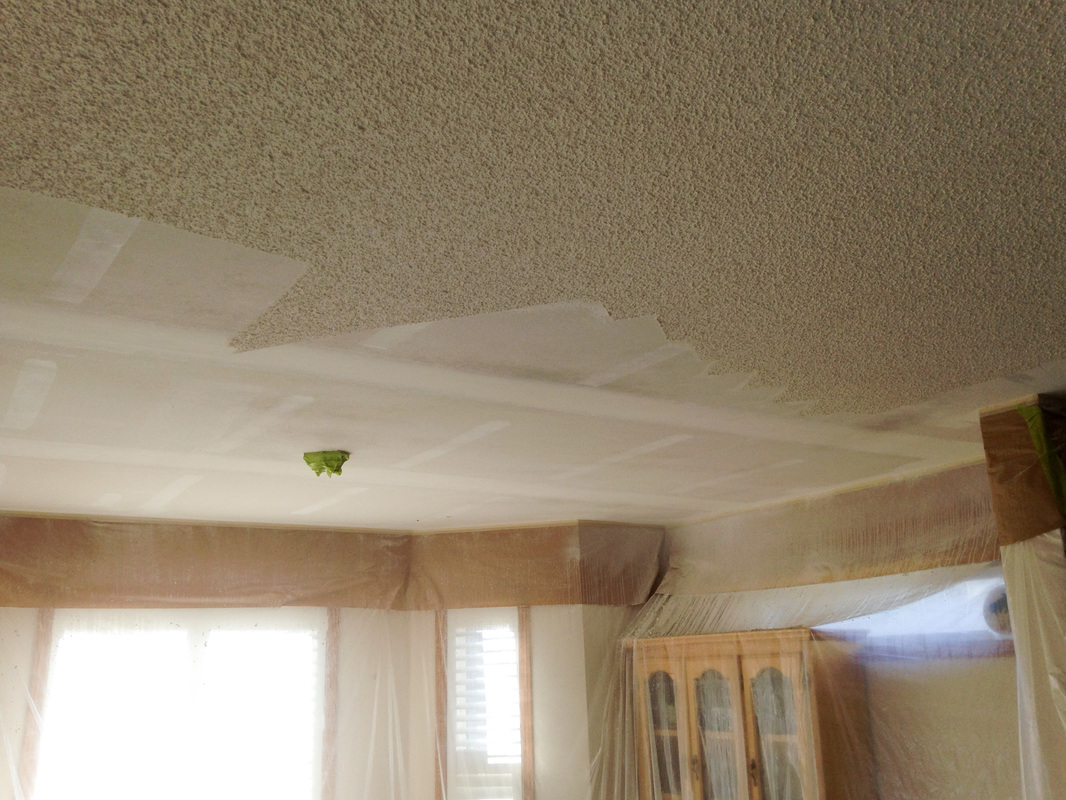|
Knockdown Texture
This is the most popular type of texture these days. A mud compound is sprayed onto the ceiling, allowed to dry for a specific amount of time, and then troweled with the appropriate tools and knives. It can add a lot of depth into a room, especially ones with a lot of light. It's look can vary, depending on different sizes, depth, and heaviness, which all come down to good advice from the professional, and personal preference. |
|
Splatter Texture
Also known as "orange peel," a splatter coat provides a look that stands out a little less than knockdown, but is still very pleasing to the eye. It's essentially applied the same way as knockdown, only it misses the final step of being troweled. The mud is also most commonly sprayed in a much finer fashion, giving the room character with a lighter approach. However, again depending on personal preference, the same differences can apply in regards to size and thickness. |
|
Regular Texture
This is the oldest of all the textures, commonly known as "popcorn," "snow tex," or "regular stipple." It was originally designed to hide imperfections in the ceiling due to bad joints and subpar taping jobs. This allowed for a more cost effective and time efficient approach. It has definitely lost popularity over time however, this does not mean it doesn't look good. The compound consists of a mud mixture containing little bits of styrofoam. After adding water, and mixing it up to the desired thickness and consistency, it is then sprayed onto the ceiling nice and evenly, resulting in a neat look that ties every room together. |
|
Borders
After the specific texture has been chosen, the rooms design can be taken a step further with the addition of a border on the inside perimeter. Borders can be applied to any room, although it is most common, (and generally recommended), to have them in the larger main areas and/or master bedroom on occasion. It's size depends on preference, although advice can be provided if need be. When going with this design, the room's size and height should be taken into account. For example, with a higher ceiling covering a wide area, an 8" up to 12" border width may be recommended. Where as with a smaller, more narrow ceiling, a 12" border may be too dominating, giving it a "too much border, not enough texture" look. |
|
Texture Removal
There can be more unfortunate situations where a patch repair just won't work as a blend due to its size and location, meaning the whole room must be re-sprayed. Or, it is also very common for people to upgrade their ceiling, usually going from the older popcorn texture to one of the more popular knockdown or splatter styles. In either of these cases, the original texture must be removed. This is done by using the appropriate tools to scrape off the existing texture. If the house is finished and occupied, measures are taken to keep the area clean during the process. Furniture will be covered with roles of polyethylene accordingly, as well as walls and flooring. |
|
Repairs
Repairs can come in all shapes and sizes: -Water damage -Moving a light box -Texture flaking off -Scrapes and scratches -Discolouration/Stains -Fixing bad joints -Replacing drywall ...the list goes on. The general idea of any repair is to have it match it's surrounding area as best as possible. Texture can differ in size, heaviness, thickness, coverage, direction, mixture, material...etc, so many factors account for how a repair will look in the end. Having done countless repairs and texture blends in the past, Skytex has the techniques and precision required to match any texture, yielding amazing results. |






